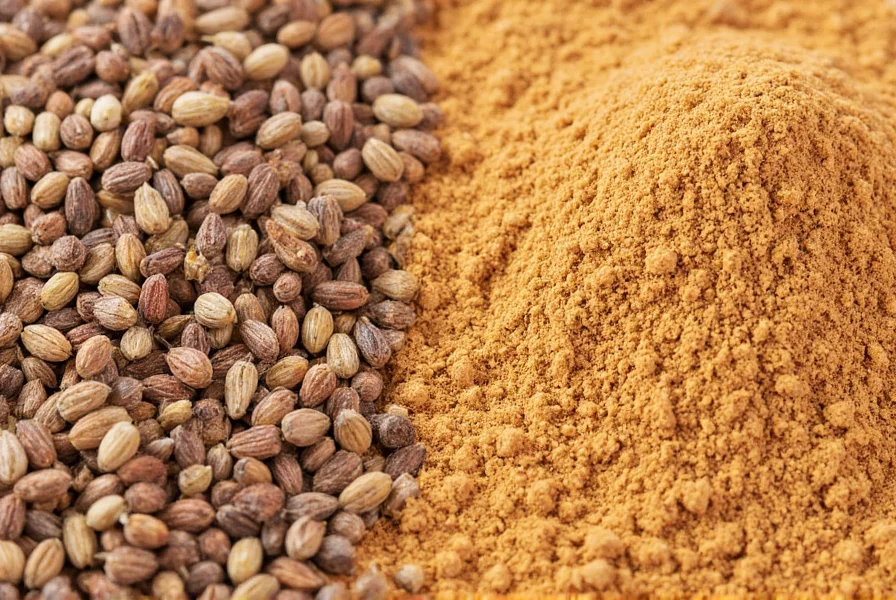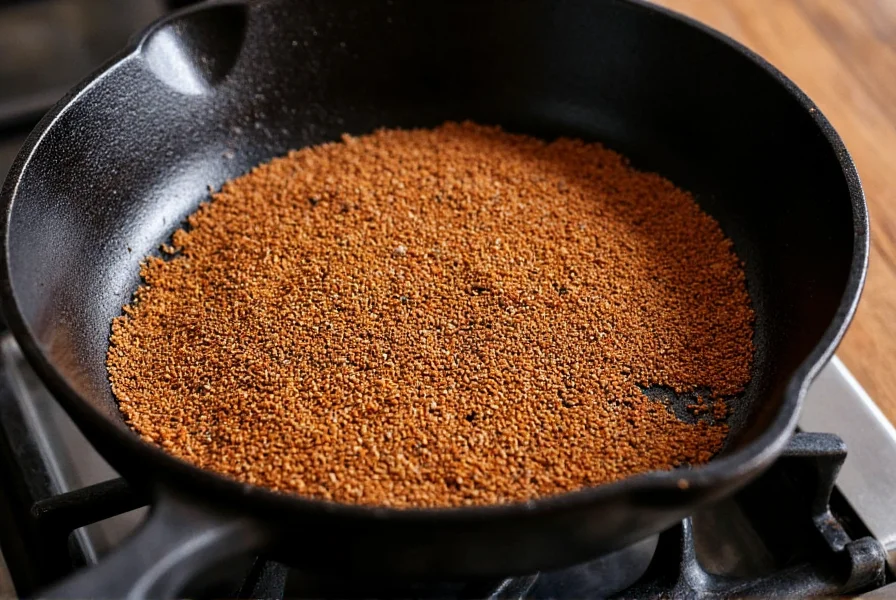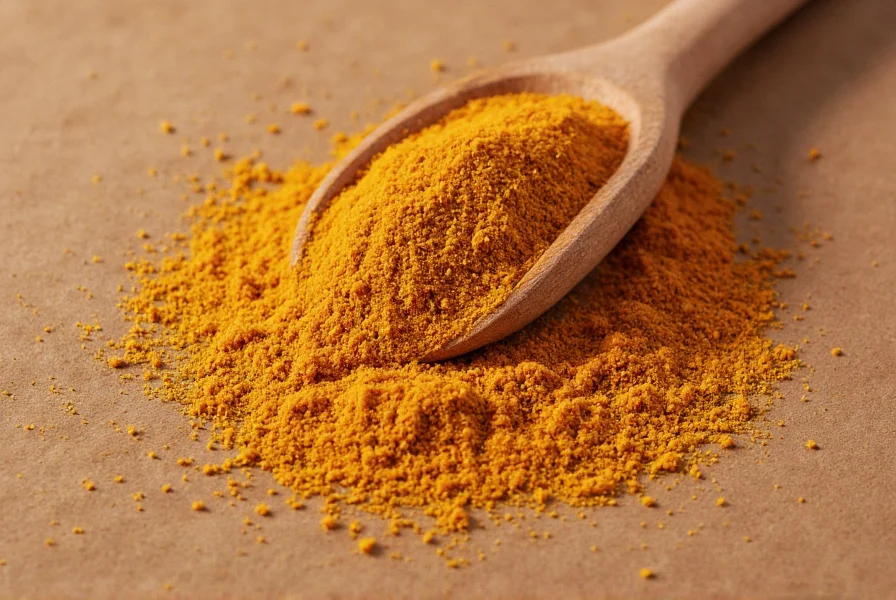Cumin (Cuminum cyminum) is a flowering plant in the parsley family whose dried seeds are used as a spice with a distinctive earthy, warm, and slightly bitter flavor profile. Native to the Eastern Mediterranean and South Asia, cumin seeds are one of the world's oldest and most widely used spices, essential in cuisines from Mexico to India.
When you search to define cumin, you're seeking clarity about this ancient spice that has flavored human diets for over 5,000 years. Understanding what cumin is begins with recognizing it as the small, crescent-shaped seeds of a plant related to parsley, dill, and caraway. These beige-to-brown seeds deliver a complex flavor that's simultaneously warm, nutty, and peppery with subtle citrus notes when properly toasted.
Botanical Background and Historical Significance
Cumin belongs to the Apiaceae family (formerly Umbelliferae) and grows as an annual plant reaching 12-20 inches in height. The plant produces small white or pink flowers arranged in伞-shaped clusters called umbels, which eventually develop into the familiar crescent-shaped seeds. Archaeological evidence shows cumin was used in ancient Egyptian cooking and appears in both the Old and New Testaments of the Bible as a commodity worthy of taxation.

Physical Characteristics and Flavor Profile
Whole cumin seeds measure approximately 3-6mm in length with a distinctive longitudinal ridges running down their curved surfaces. When evaluating what does cumin taste like, professional chefs describe it as having:
- An earthy, warm foundation note
- Subtle bitterness that enhances savory dishes
- Underlying citrus and peppery accents
- Nutty undertones when properly toasted
- A lingering finish that complements other spices
The flavor intensity significantly increases when seeds are dry-toasted before grinding, releasing essential oils that create a more complex aromatic profile. This transformation explains why many traditional recipes specify toasted cumin seeds rather than using them raw.
Culinary Applications Across Global Cuisines
Understanding how to use cumin in cooking requires recognizing its role as both a standalone spice and a foundational element in spice blends. Different cultures utilize cumin in distinctive ways:
| Cuisine | Primary Use of Cumin | Signature Dishes |
|---|---|---|
| Mexican | Ground in chili powders and adobo blends | Tacos, enchiladas, chili con carne |
| Indian | Tempered in hot oil at cooking start (tadka) | Dals, curries, biryanis |
| Middle Eastern | Key component in baharat and za'atar blends | Hummus, falafel, kibbeh |
| Moroccan | Essential in ras el hanout spice mixture | Tagines, harira soup |
Whole Seeds vs. Ground Cumin: Practical Considerations
When you define cumin in culinary terms, the form matters significantly. Whole cumin seeds maintain their flavor compounds longer than ground cumin, which begins losing potency within 6 months. Professional chefs recommend:
- Buying whole seeds whenever possible for maximum freshness
- Dry-toasting seeds in a skillet over medium heat for 1-2 minutes until fragrant
- Grinding seeds immediately before use with a spice grinder or mortar and pestle
- Storing whole seeds in an airtight container away from light and heat

Distinguishing Cumin from Similar Spices
Many home cooks confuse cumin with caraway or fennel seeds due to visual similarities. The critical differences include:
- Cumin vs caraway: Cumin seeds are straighter and lighter brown with more pronounced ridges, while caraway has a stronger anise-like flavor
- Cumin vs fennel: Fennel seeds are straighter, greener, and deliver pronounced licorice notes
- Cumin vs black cumin: Not the same plant - black cumin (Nigella sativa) has different flavor properties and medicinal uses
Nutritional Profile and Storage Recommendations
According to USDA nutritional data, one teaspoon (2.1g) of ground cumin contains approximately:
- 8 calories
- 0.5g fat
- 1g dietary fiber
- 0.6g protein
- Significant amounts of iron (20% DV), manganese (8% DV), and calcium (4% DV)
For optimal freshness when you buy cumin seeds, store them in an airtight container in a cool, dark place. Whole seeds retain quality for 3-4 years, while ground cumin should be replaced every 6 months. Freezing extends shelf life but requires careful moisture control.
Common Substitutions and Usage Tips
If you need to substitute for cumin temporarily, consider these alternatives with appropriate adjustments:
- Coriander seeds (use 50% more for similar earthiness)
- Chili powder (adds heat but lacks earthy notes)
- Curry powder (contains cumin but with additional flavors)
- Cumin extract (1/4 teaspoon replaces 1 teaspoon seeds)
Professional chefs emphasize that cumin works best when combined with complementary spices like coriander, turmeric, and chili. The spice's bitterness balances sweetness in dishes, making it particularly effective in tomato-based sauces and bean preparations.
Frequently Asked Questions
What is cumin made from?
Cumin is made from the dried seeds of the Cuminum cyminum plant, which belongs to the parsley family. These small, crescent-shaped seeds are harvested when the plant's umbel fruit turns brown and the seeds inside become aromatic.
Is cumin the same as ground cumin?
Cumin refers to the whole seeds, while ground cumin is the powdered form. Whole seeds maintain flavor longer but require toasting and grinding before use. Ground cumin offers convenience but loses potency faster, making fresh grinding preferable for optimal flavor in dishes requiring cumin.
Can cumin go bad?
Cumin doesn't spoil but loses flavor potency over time. Whole seeds remain flavorful for 3-4 years when stored properly in an airtight container away from light and heat. Ground cumin maintains quality for about 6 months. Stale cumin lacks aroma and delivers a flat, one-dimensional flavor in dishes.
Why do recipes specify toasted cumin seeds?
Toasting cumin seeds in a dry skillet releases essential oils that enhance their complex flavor profile. The heat transforms the seeds from having a slightly metallic taste to developing warm, nutty, and citrus notes. Properly toasted cumin provides a more rounded flavor that integrates better with other ingredients in dishes requiring cumin.
Is cumin safe for everyone to consume?
Cumin is generally safe when consumed in typical culinary amounts. However, people with bleeding disorders should exercise caution as cumin might slow blood clotting. Those with allergies to plants in the Apiaceae family (like parsley or carrots) may experience cross-reactivity. As with any spice, moderation is key in culinary applications.











 浙公网安备
33010002000092号
浙公网安备
33010002000092号 浙B2-20120091-4
浙B2-20120091-4